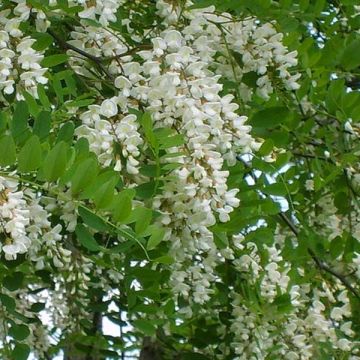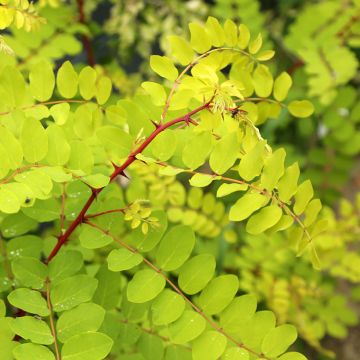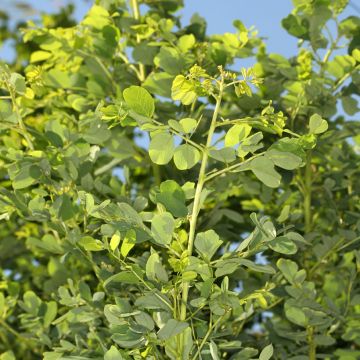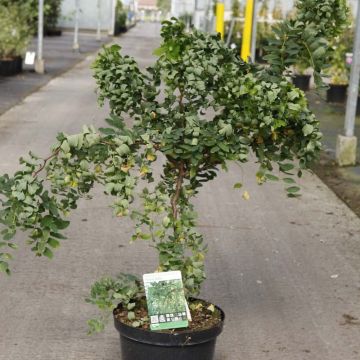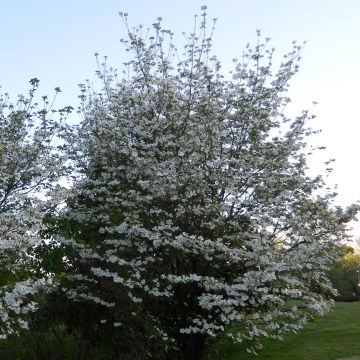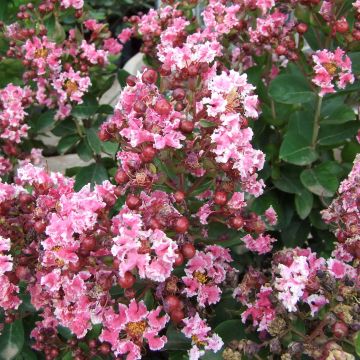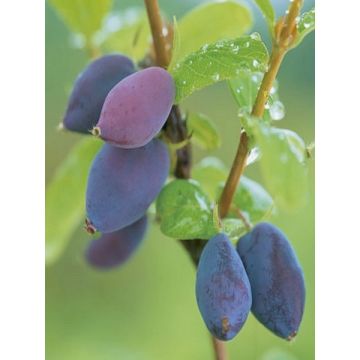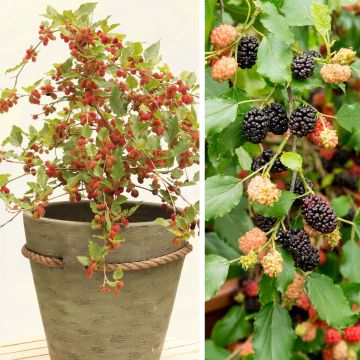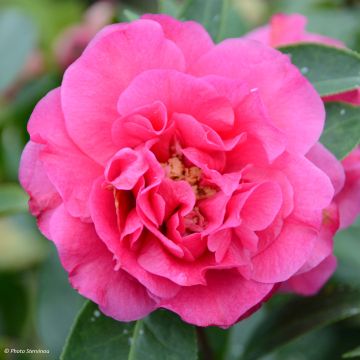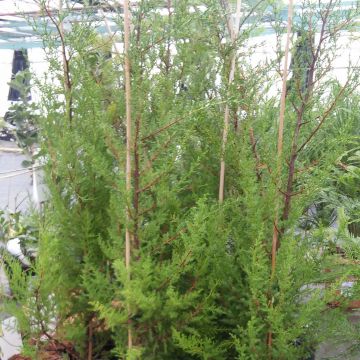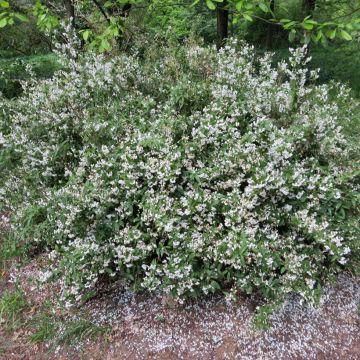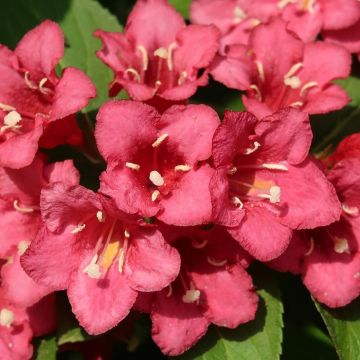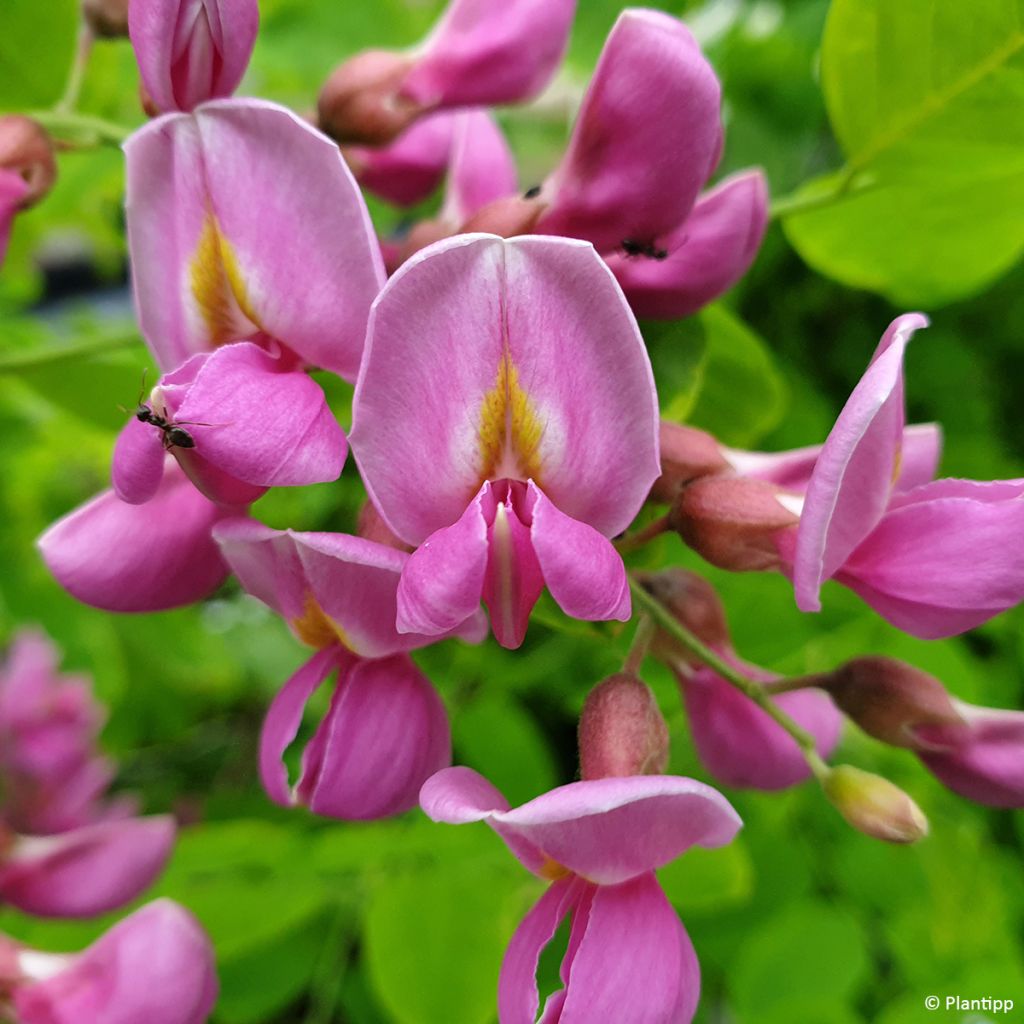

Robinia margaretta Georgia da Torino - Pink acacia
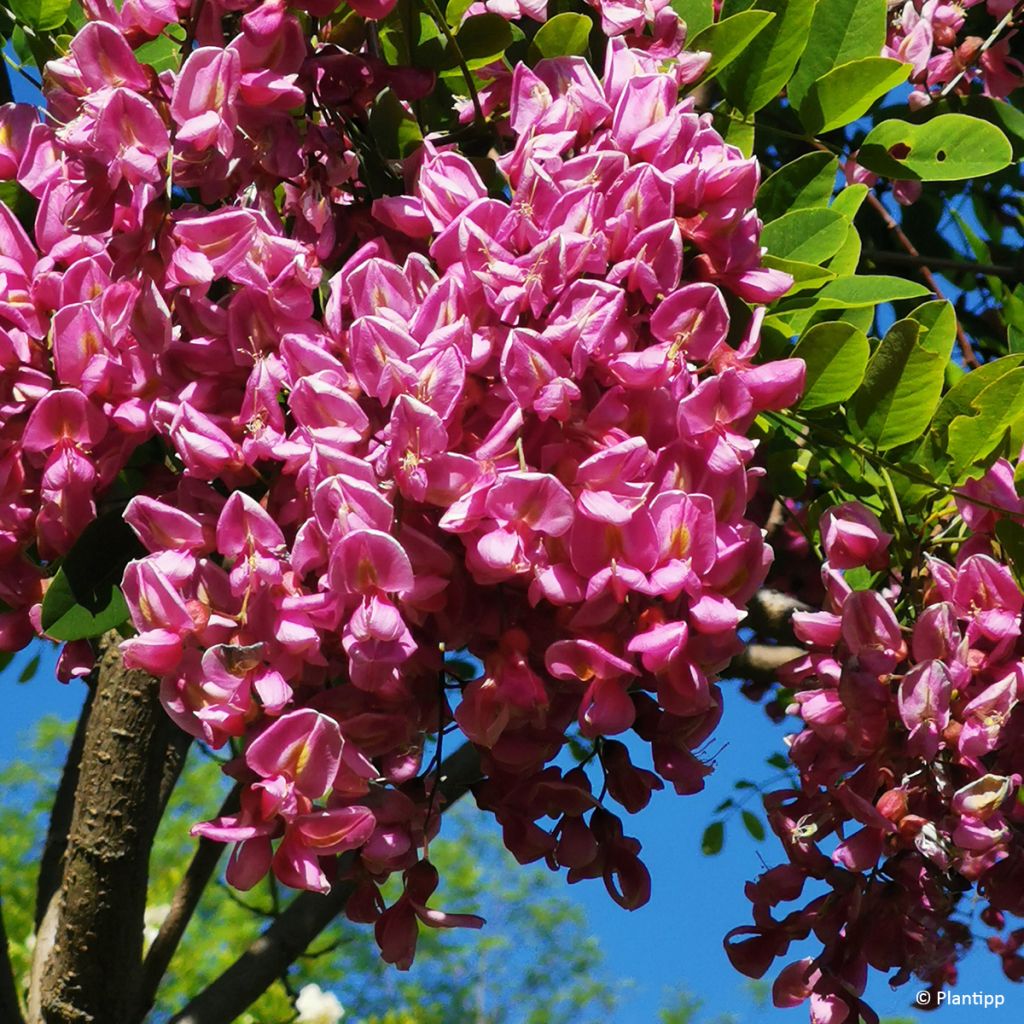

Robinia margaretta Georgia da Torino - Pink acacia
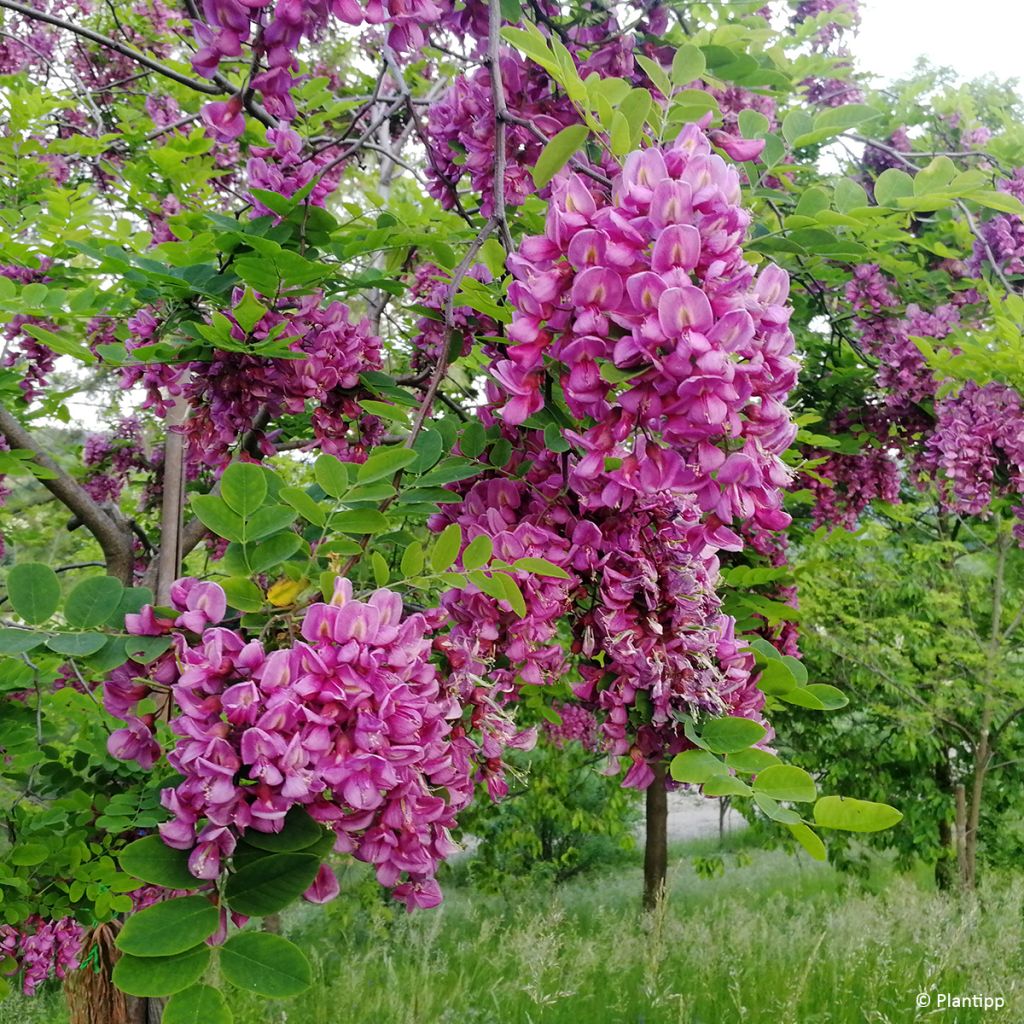

Robinia margaretta Georgia da Torino - Pink acacia
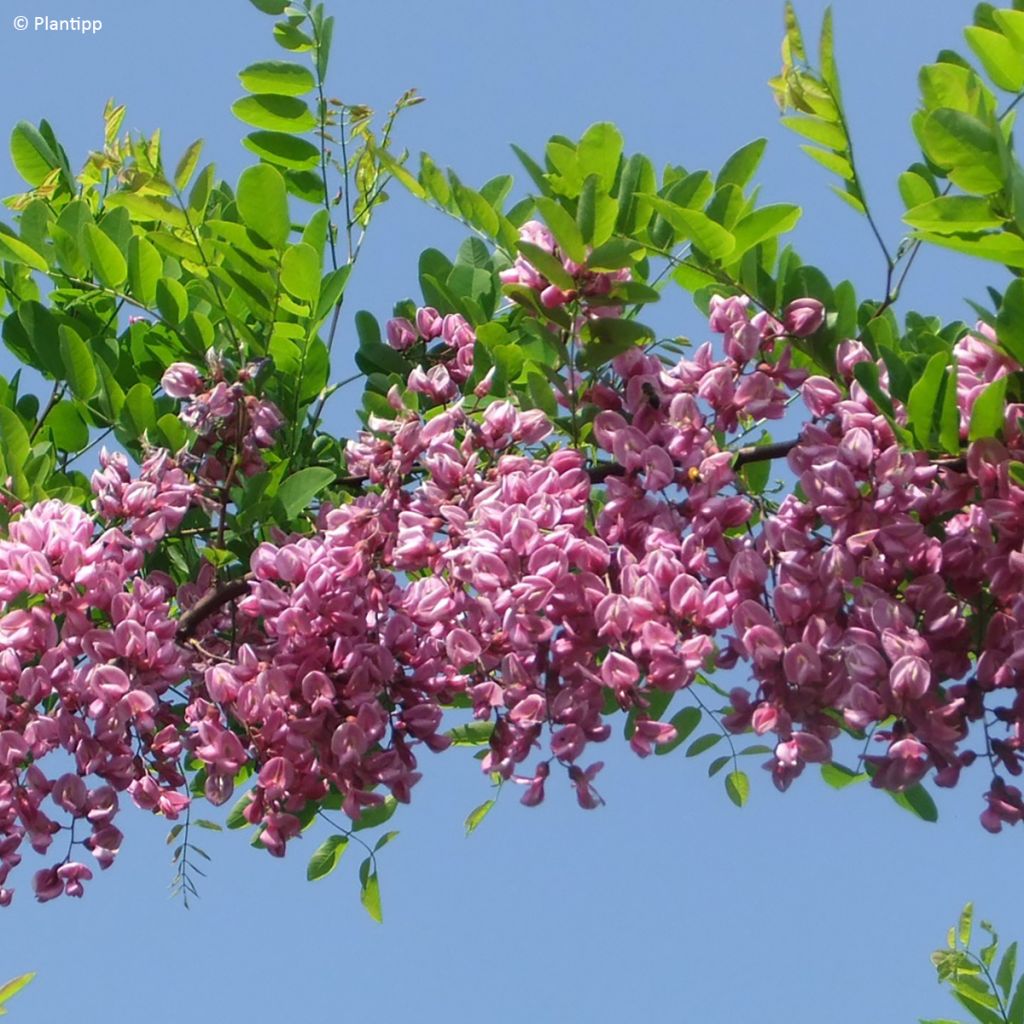

Robinia margaretta Georgia da Torino - Pink acacia
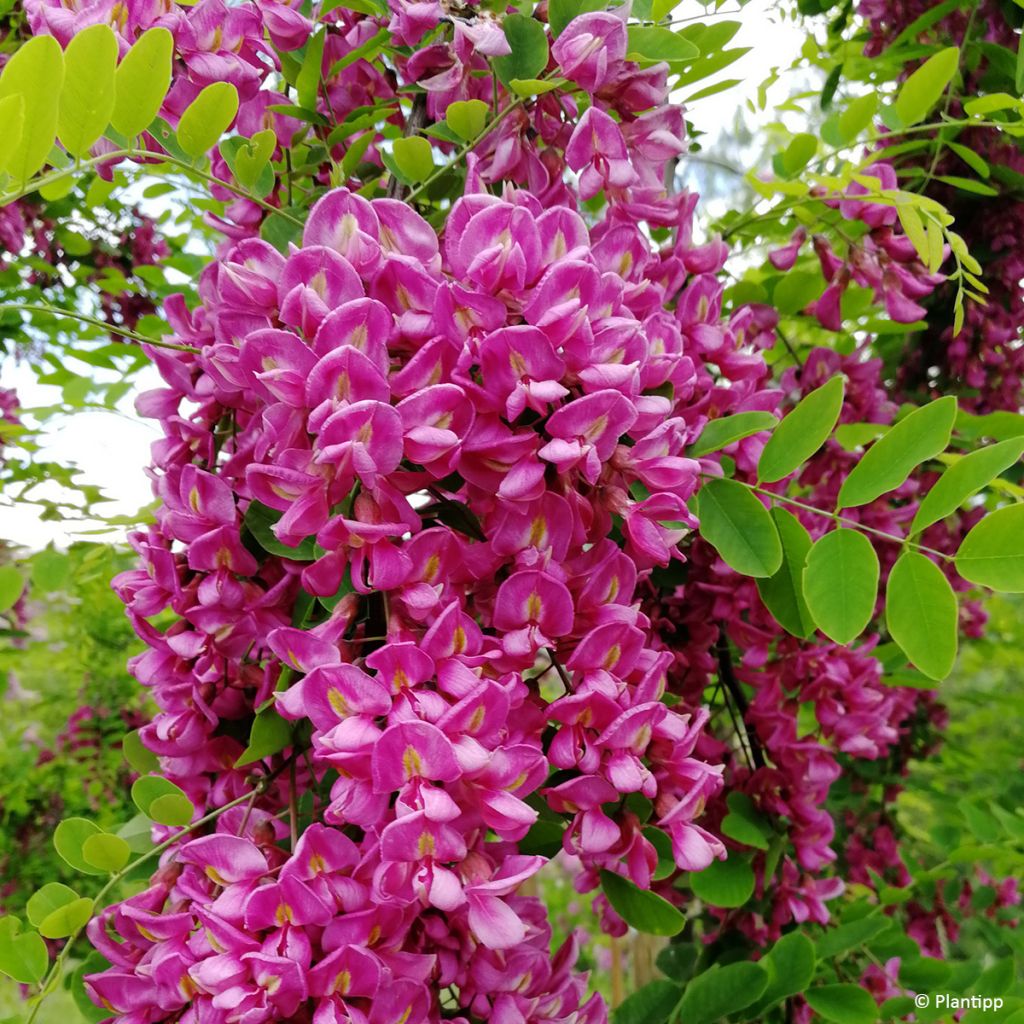

Robinia margaretta Georgia da Torino - Pink acacia
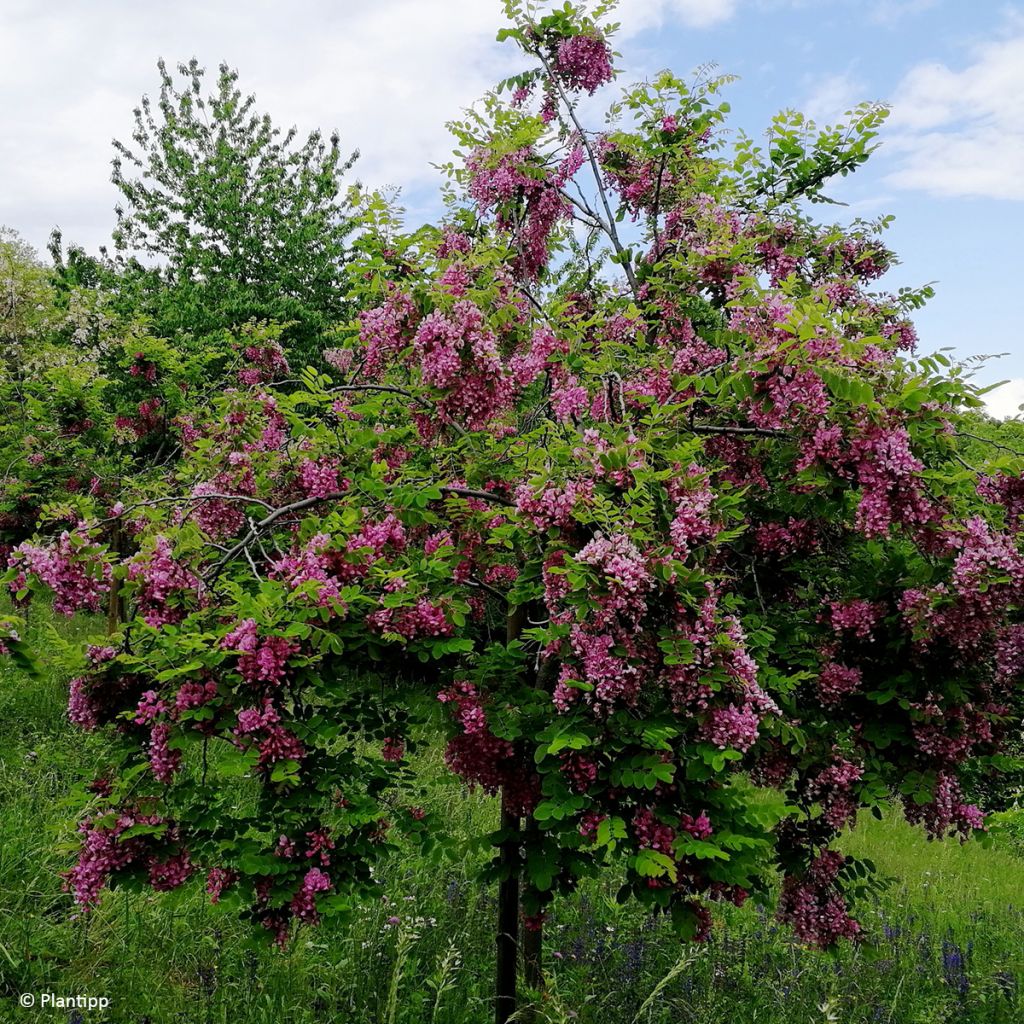

Robinia margaretta Georgia da Torino - Pink acacia
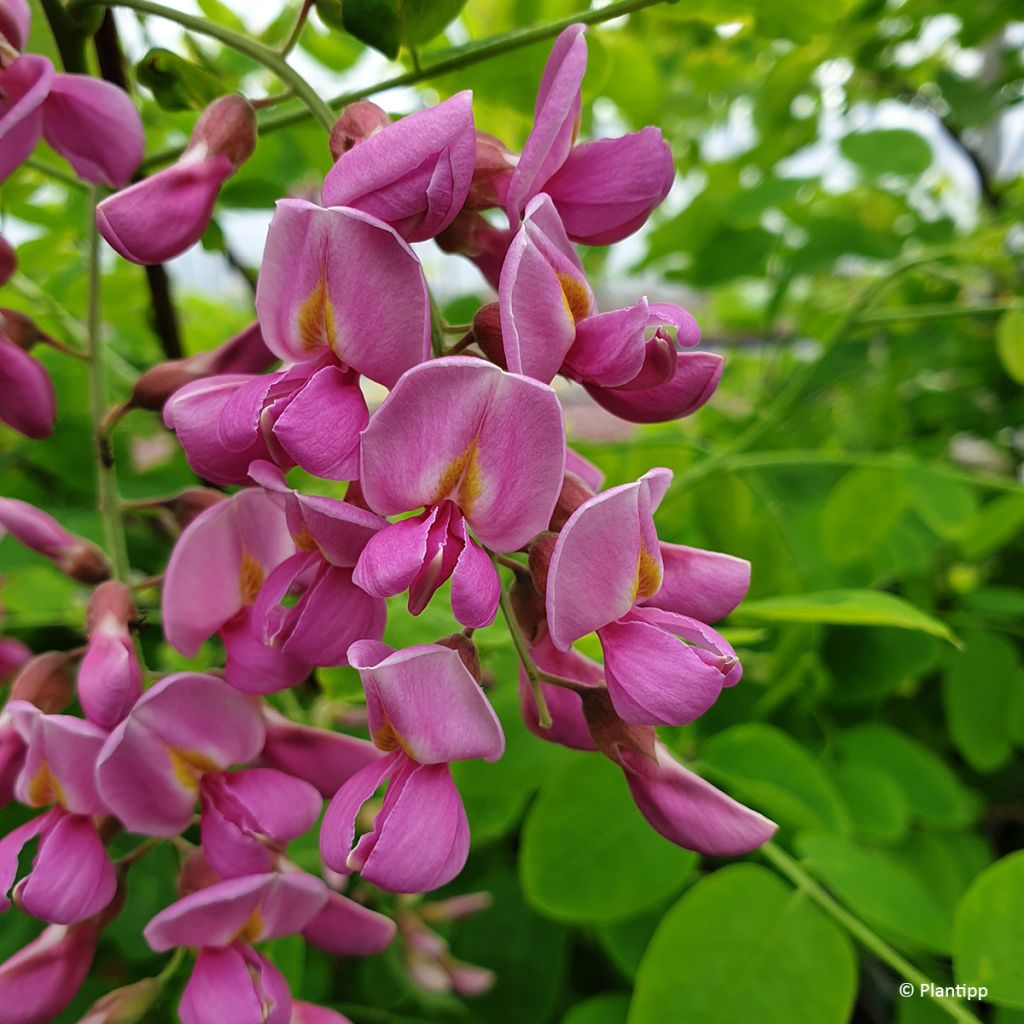

Robinia margaretta Georgia da Torino - Pink acacia
Robinia margaretta Georgia da Torino - Pink Locust
Robinia (x) margaretta 'Georgia da Torino'
False acacia, Black Locust, Locust Tree
Why not try an alternative variety in stock?
View all →This plant carries a 24 months recovery warranty
More information
We guarantee the quality of our plants for a full growing cycle, and will replace at our expense any plant that fails to recover under normal climatic and planting conditions.
Oversize package: home delivery by special carrier from €6.90 per order..
Express home delivery from €8.90.
Delivery to Corse prohibited: UE law prohibits the import of this plant from mainland France to Corse as part of the fight against Xylella fastidiosa. Please accept our sincere apologies.
More information
Does this plant fit my garden?
Set up your Plantfit profile →
Description
Robinia x margaretta Georgia da Torino is a new Italian variety of Robinia with many advantages. This medium-sized tree, about ten metres tall, grows quickly in most soils. In the second half of spring, it produces a profusion of long clusters of deep purple flowers that stand out against the green foliage. Pleasantly fragrant, they also delight bees. Growing in full sun, it is not afraid of drought or heat, is very hardy, and tolerates pollution without any problems. A true beginner's plant, it is not affected by any parasites and is particularly ornamental.
Robinia is a member of the Fabaceae family (formerly Leguminosae), a large family of nearly 20,000 species divided into three subfamilies, including Faboideae to which Robinia is related, like Cytisus, Lupin, or Peanut. There are 20 species of Robinias, trees and shrubs, all native to North America and Mexico. Robinia x margaretta is a hybrid between R. pseudoacacia, the false acacia with white flowers and R. hispida, a shrub 1.50 to 2 m tall with pink flowers. The best-known variety resulting from this crossbreeding is 'Casque Rouge', obtained in the 1970s.
'Georgia da Torina' is much more recent as it was introduced to the market in 2016 by Italian professor Maurizio Ceruti from Turin, who named it in honour of his wife. More compact than Casque Rouge, this fast-growing tree reaches approximately 10 metres in height and 8 metres in spread within 10 years of planting. It has a somewhat irregular and slightly tousled habit, with long branches that are much less prone to breaking in the wind than other varieties. It also withstands the weight of snow well, which is a real asset for this type of plant. The leaves are compound, odd-pinnate, meaning they have two rows of leaflets facing each other and one terminal leaflet. The 11 to 19 leaflets are ovate, measuring 3.5 to 5 cm in length and 2 to 2.5 cm in width. The leaves are a vibrant green with a slightly fuzzy underside, turning yellow in autumn.
Flowering takes place in May-June, in the form of long clusters that can reach 15 to 20 cm in length, composed of butterfly-like flowers typical of the subfamily to which Robinia belongs. The corollas are composed of five unequal petals with evocative names. The uppermost petal, the largest, is called the "banner," the two lateral petals are the "wings," and the small lower petals make up the "keel". These floral parts are tinged with a bright pink with a slight purple hue, and the banner is marked in the centre by a discreet yellow spot with whitish sides. These pendulous inflorescences are produced in large quantities, delighting pollinators and diffusing a pleasant fragrance in the vicinity. Fruits follow the flowers in the form of flat, dark brown pods, measuring 5 to 9 cm in length and containing 3 to 8 seeds.
This Robinia Georgia da Torino is a blessing for beginner gardeners, as it is easy to grow. Fabaceae are capable of assimilating nitrogen in its atmospheric form rather than its organic form, allowing them to thrive in nutrient-poor soils. As a result, this small tree can grow in poor, even limestone and dry soils, without minding urban pollution, cold, or wind. It only requires a sunny exposure and well-drained soil to develop. Plant it as a standalone specimen or in the background of a bed with other tough plants like Colutea media Copper Beauty. This indestructible shrub, in these conditions, is highly ornamental with its coppery orange pea-like flowers and even more so with the curious red pods that follow and coexist with them. Your children will love popping them by stepping on them. In less severe climates, you can also plant the charming Cistes alongside, with their ephemeral flowers that regularly reappear in spring or summer. Depending on your soil type, be sure to choose a variety adapted to limestone or rather to slightly acidic soils...
Report an error about the product description
Robinia margaretta Georgia da Torino - Pink Locust in pictures


Plant habit
Flowering
Foliage
Botanical data
Robinia
(x) margaretta
'Georgia da Torino'
Fabaceae
False acacia, Black Locust, Locust Tree
Cultivar or hybrid
Other Robinia - Black Locust
Planting and care
Robinia x margaretta Georgia da Torino thrives in sunlight, and unlike other varieties, its wood is not brittle, so it better withstands the wind. It accepts most soils, even poor or chalky ones, as long as they are well-draining. Once rooted, it doesn't mind dryness or heat, and it resists urban pollution well. In reality, it has few requirements regarding the soil, performing well in clayey soils if they are properly drained. Soak the root ball in a bucket of water before planting, then water it abundantly right after. Water regularly in the first year, then during dry periods in the second year, and after that, let it fend for itself!
Prune dead or weak wood fron August to October, to prevent sap flow. Also remove branches that cross within the branches to maintain the proper shape of the Robinia. Beware of voles, which love bark and attack the base of plants.
Planting period
Intended location
Care
This item has not been reviewed yet - be the first to leave a review about it.
Hedge shrubs
Haven't found what you were looking for?
Hardiness is the lowest winter temperature a plant can endure without suffering serious damage or even dying. However, hardiness is affected by location (a sheltered area, such as a patio), protection (winter cover) and soil type (hardiness is improved by well-drained soil).

Photo Sharing Terms & Conditions
In order to encourage gardeners to interact and share their experiences, Promesse de fleurs offers various media enabling content to be uploaded onto its Site - in particular via the ‘Photo sharing’ module.
The User agrees to refrain from:
- Posting any content that is illegal, prejudicial, insulting, racist, inciteful to hatred, revisionist, contrary to public decency, that infringes on privacy or on the privacy rights of third parties, in particular the publicity rights of persons and goods, intellectual property rights, or the right to privacy.
- Submitting content on behalf of a third party;
- Impersonate the identity of a third party and/or publish any personal information about a third party;
In general, the User undertakes to refrain from any unethical behaviour.
All Content (in particular text, comments, files, images, photos, videos, creative works, etc.), which may be subject to property or intellectual property rights, image or other private rights, shall remain the property of the User, subject to the limited rights granted by the terms of the licence granted by Promesse de fleurs as stated below. Users are at liberty to publish or not to publish such Content on the Site, notably via the ‘Photo Sharing’ facility, and accept that this Content shall be made public and freely accessible, notably on the Internet.
Users further acknowledge, undertake to have ,and guarantee that they hold all necessary rights and permissions to publish such material on the Site, in particular with regard to the legislation in force pertaining to any privacy, property, intellectual property, image, or contractual rights, or rights of any other nature. By publishing such Content on the Site, Users acknowledge accepting full liability as publishers of the Content within the meaning of the law, and grant Promesse de fleurs, free of charge, an inclusive, worldwide licence for the said Content for the entire duration of its publication, including all reproduction, representation, up/downloading, displaying, performing, transmission, and storage rights.
Users also grant permission for their name to be linked to the Content and accept that this link may not always be made available.
By engaging in posting material, Users consent to their Content becoming automatically accessible on the Internet, in particular on other sites and/or blogs and/or web pages of the Promesse de fleurs site, including in particular social pages and the Promesse de fleurs catalogue.
Users may secure the removal of entrusted content free of charge by issuing a simple request via our contact form.
The flowering period indicated on our website applies to countries and regions located in USDA zone 8 (France, the United Kingdom, Ireland, the Netherlands, etc.)
It will vary according to where you live:
- In zones 9 to 10 (Italy, Spain, Greece, etc.), flowering will occur about 2 to 4 weeks earlier.
- In zones 6 to 7 (Germany, Poland, Slovenia, and lower mountainous regions), flowering will be delayed by 2 to 3 weeks.
- In zone 5 (Central Europe, Scandinavia), blooming will be delayed by 3 to 5 weeks.
In temperate climates, pruning of spring-flowering shrubs (forsythia, spireas, etc.) should be done just after flowering.
Pruning of summer-flowering shrubs (Indian Lilac, Perovskia, etc.) can be done in winter or spring.
In cold regions as well as with frost-sensitive plants, avoid pruning too early when severe frosts may still occur.
The planting period indicated on our website applies to countries and regions located in USDA zone 8 (France, United Kingdom, Ireland, Netherlands).
It will vary according to where you live:
- In Mediterranean zones (Marseille, Madrid, Milan, etc.), autumn and winter are the best planting periods.
- In continental zones (Strasbourg, Munich, Vienna, etc.), delay planting by 2 to 3 weeks in spring and bring it forward by 2 to 4 weeks in autumn.
- In mountainous regions (the Alps, Pyrenees, Carpathians, etc.), it is best to plant in late spring (May-June) or late summer (August-September).
The harvesting period indicated on our website applies to countries and regions in USDA zone 8 (France, England, Ireland, the Netherlands).
In colder areas (Scandinavia, Poland, Austria...) fruit and vegetable harvests are likely to be delayed by 3-4 weeks.
In warmer areas (Italy, Spain, Greece, etc.), harvesting will probably take place earlier, depending on weather conditions.
The sowing periods indicated on our website apply to countries and regions within USDA Zone 8 (France, UK, Ireland, Netherlands).
In colder areas (Scandinavia, Poland, Austria...), delay any outdoor sowing by 3-4 weeks, or sow under glass.
In warmer climes (Italy, Spain, Greece, etc.), bring outdoor sowing forward by a few weeks.

































